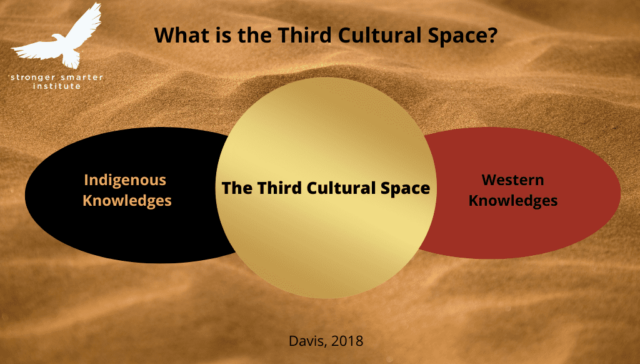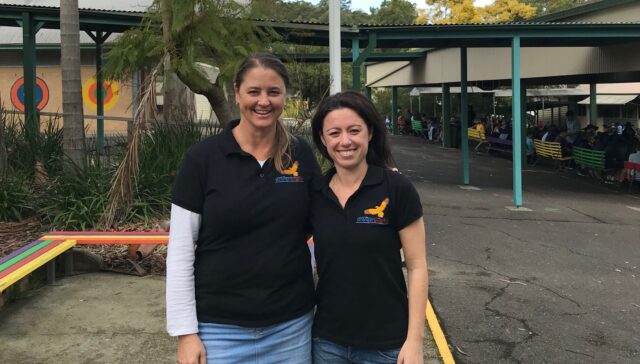
Early Years Transition Framework
Taking a strength-based approach and incorporating Indigenous ways of Knowing, Being and Doing provides the opportunity to think differently about Early Years transition and creates a rock-solid foundation for our Aboriginal and Torres Strait Islander Jarjums in the Early Years.




